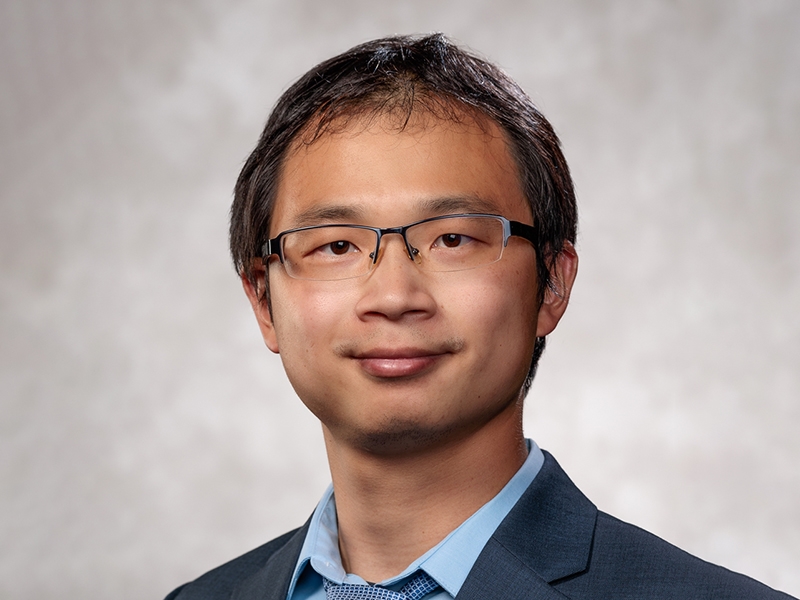
Using 3D printing, researchers at the U of A and Massachusetts Institute of Technology have developed a novel approach for achieving an optimal combination of stiffness and toughness in microstructured composites.
By integrating physical experiments, numerical simulations and machine learning to address both challenges, their method provides a blueprint for computational design in research areas beyond solid mechanics, such as polymer chemistry, fluid dynamics, meteorology and robotics.
“Stiffness and toughness are often mutually exclusive,” said Wan Shou, assistant professor of mechanical engineering at the U of A and corresponding author of the paper. “To be stiff, a material must be strong to resist deformation. Meanwhile, to be tough, it must be ductile enough — that is, able to deform without losing stiffness — to tolerate long cracks and absorb more energy before fracturing.”
An optimal combination of stiffness and toughness is a kind of holy grail in the design of engineering materials. In response to applied force, materials must have the ability to resist deformation (stiffness) while also not rapidly cracking (toughness). In other words, bend, don’t break.
This performance is especially important in macro-materials such as steel for buildings and bridges. However, systematic discovery of microstructured composites with optimal stiffness-toughness trade-offs has been hindered by discrepancies between simulation and reality.
Recent advances in additive manufacturing and computational methods have enabled more efficient exploration leading to design with an optimal combination of these qualities. Until now, a systematic discovery of microstructured composites with optimal stiffness-toughness trade-offs has not been demonstrated.
The researchers used three evaluators:
- A mechanical tester that conducts physical measurements,
- A finite element method-based simulator that performs virtual mechanical testing in moderate complexity and
- A convolutional neural network-based predictor that executes machine learning inference.
The mechanical tester runs slowly due to labor-intensive specimen fabrication and testing, but this provides accurate ground truth performance values for a microstructure design. At the opposite end of the spectrum, the predictor runs extremely fast but yields relatively inaccurate results. Between these, the simulator runs reasonably fast, given its moderate complexity, and delivers intermediate accuracy.
In this work, both accuracy and speed are considered. More importantly, the researchers’ framework sets a new paradigm to navigate the discrepancies often found between theoretical models and practical results.
The researchers’ study was published in Science Advances, a Science publication.
About the University of Arkansas: As Arkansas' flagship institution, the U of A provides an internationally competitive education in more than 200 academic programs. Founded in 1871, the U of A contributes more than $2.2 billion to Arkansas’ economy through the teaching of new knowledge and skills, entrepreneurship and job development, discovery through research and creative activity while also providing training for professional disciplines. The Carnegie Foundation classifies the U of A among the few U.S. colleges and universities with the highest level of research activity. U.S. News & World Report ranks the U of A among the top public universities in the nation. See how the U of A works to build a better world at Arkansas Research and Economic Development News.
Topics
Contacts
Wan Shou, assistant professor of mechanical engineering
College of Engineering
479-575-3422, wshou@uark.edu
Matt McGowan, science and research communications officer
University Relations
479-575-4246,
dmcgowa@uark.edu